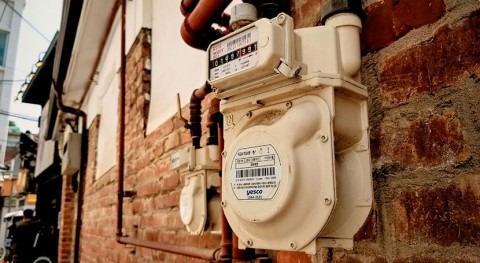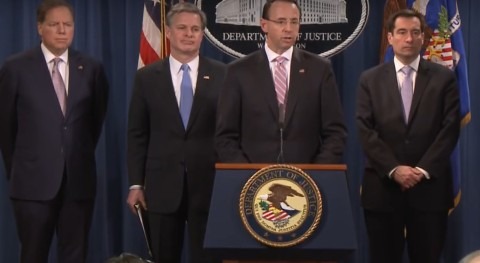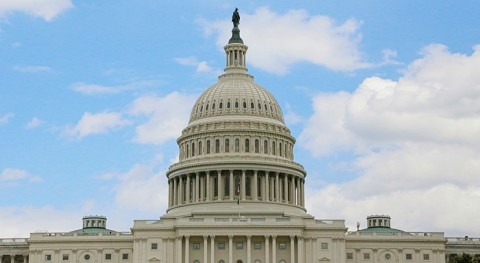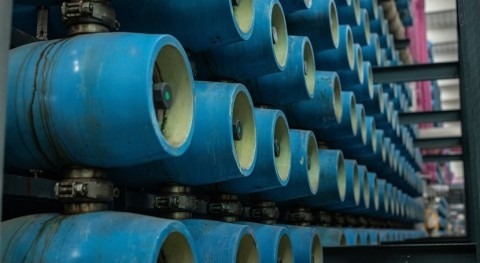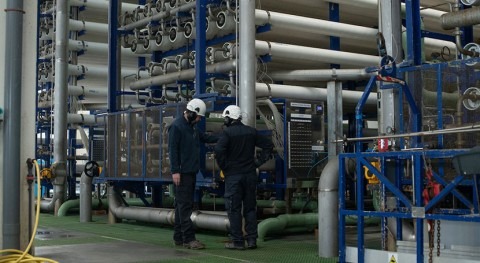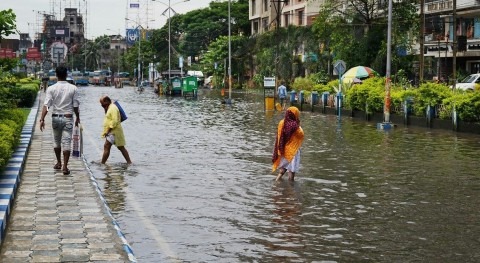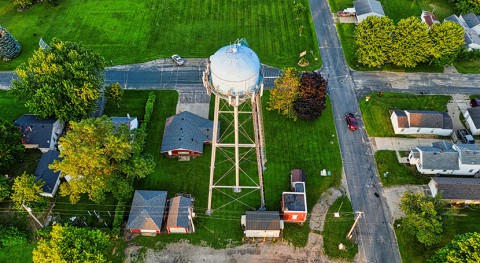In a significant move towards environmental accountability, water companies in England and Wales are set to enhance monitoring efforts on emergency overflow pipes, a measure aimed at reducing sewage discharge into the nation's water bodies, informs the Financial Times. They will have to install monitors on an additional 7,000 emergency overflow pipes, previously overlooked in monitoring efforts.
These emergency overflow pipes, distinct from combined sewage overflow pipes (CSOs), are intended for urgent use during circumstances such as power outages or failures not attributed to the water companies' actions. In contrast, CSOs are designed to release wastewater in case of extreme rainfall, and all of them had event duration monitors (EDMs) installed by end of 2023, according to the Environment Agency.
Helen Wakeham, director of water transformation at the Environment Agency, emphasized the necessity for "complete transparency on discharges of sewage to our water environment."
And she added: “While 100 per cent of storm overflows in England are already monitored, we are also requiring companies to monitor all emergency overflows from 2025, not just those which impact on shellfish waters. As we transform the way we regulate the industry, this high level of transparency is critical”.
The move aligns with ongoing efforts to transform regulatory practices within the water industry, ensuring heightened transparency and accountability
The move aligns with ongoing efforts to transform regulatory practices within the water industry, ensuring heightened transparency and accountability. It follows a growing public awareness of sewage discharges, propelled by the installation of EDMs on storm overflow pipes since 2015. Some companies like Thames Water provide real-time maps of outflows.
However, challenges persist. Despite progress, issues such as malfunctioning monitors remain. According to Ofwat, about one in six monitors on the CSOs worked less than 90% of the time in 2022. Additionally, EDMs record only when the outflows occur and not the volume discharged.
Moreover, environmental concerns loom large, with only 16% of waterways meeting EU ecological standards. Last year a study by Imperial College London found that inadequate wastewater treatment plant capacity was exacerbating sewage discharge problems irrespective of weather conditions. Consequently, regulatory scrutiny has intensified, with ongoing investigations into potential breaches by water and sewerage companies.
Water UK, representing the industry, affirms the commitment to robust monitoring standards: “Due in part to their operating outdoors and in all weather conditions, some monitors will occasionally be temporarily out of action while maintenance is under way. This has improved, and the regulator has taken tough new powers to ensure the highest standards.”






